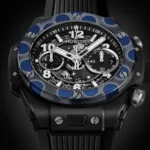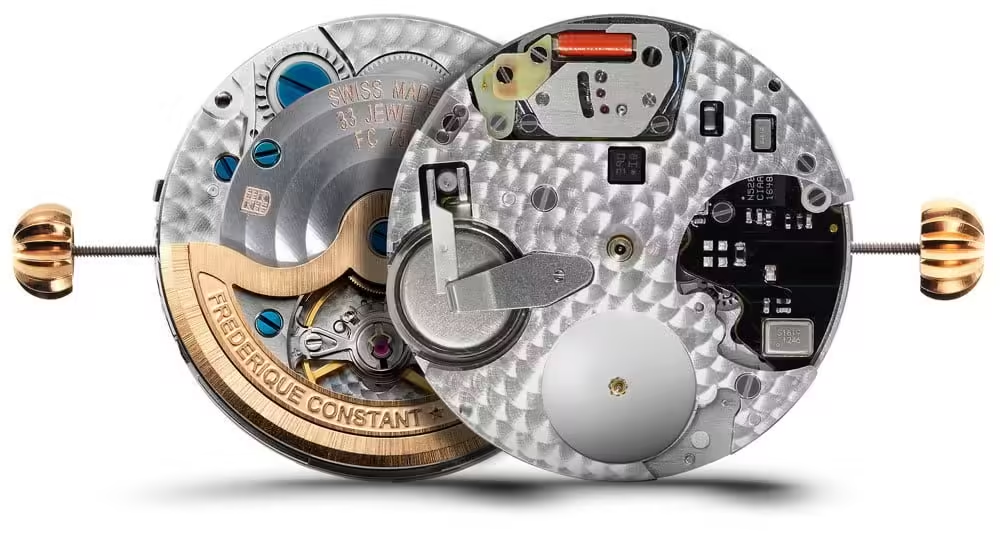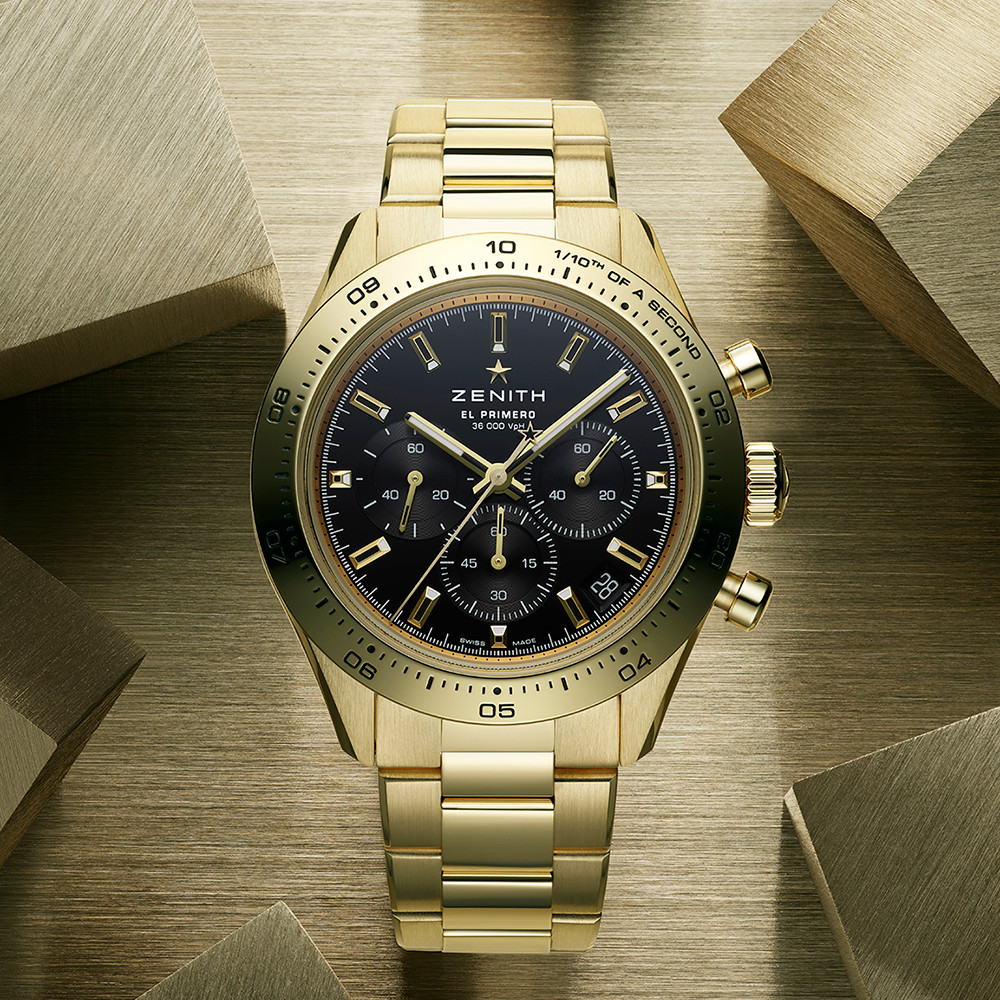The Artistry of Time: The Rise and Impact of Independent Watchmakers
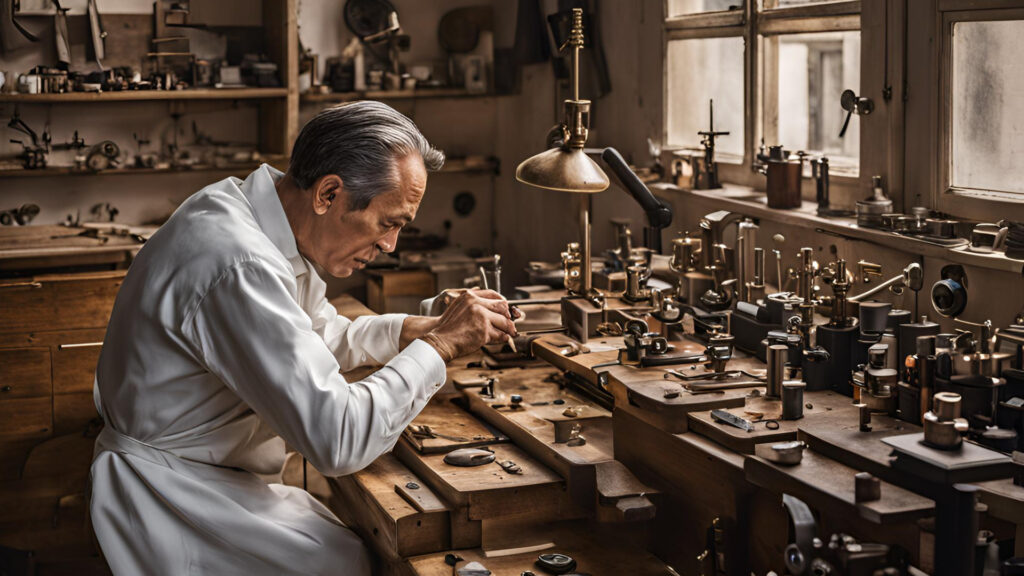
Introduction
In the realm of horology, where prestigious brands with centuries of heritage often dominate the landscape, a fascinating revolution has been quietly unfolding. This revolution is led by a cadre of independent watchmakers – artisans who blend traditional craftsmanship with innovative spirit to create timepieces that transcend mere functionality. These maverick horologists are not just creating watches; they’re crafting wearable art that challenges conventions, pushes boundaries, and redefines our relationship with time itself.
This essay delves deep into the world of independent watchmaking, exploring its origins, examining its defining characteristics, showcasing its most notable practitioners, and contemplating its future in an ever-evolving industry. We’ll uncover why these artisanal timepieces have captured the hearts of collectors and connoisseurs alike, and how they’re shaping the future of luxury horology.
The Genesis of Independent Watchmaking
Historical Context
To understand the rise of independent watchmakers, we must first look back to the tumultuous period known as the Quartz Crisis of the 1970s and 1980s. This era saw the advent of quartz technology and streamlined production, which threatened to render traditional mechanical watchmaking obsolete. Many established Swiss watchmakers faced financial ruin, and the industry as a whole teetered on the brink of collapse.
However, from the ashes of this crisis, a renewed appreciation for mechanical watchmaking emerged. As the dust settled, a new generation of watchmakers began to see opportunity where others saw only obsolescence. These pioneers recognized that there was still a place for mechanical watches – not as mere timekeeping devices, but as objets d’art that celebrated human ingenuity and craftsmanship.
Factors Fueling the Rise
Several key factors contributed to the ascendance of independent watchmakers:
- Disenchantment with Mass Production: As luxury watch brands increasingly turned to mass production techniques to stay competitive, a segment of the market began yearning for something more personal and authentic. Independent watchmakers, with their hands-on approach and limited production runs, offered exactly that.
- Technological Democratization: The rise of the internet and social media platforms allowed independent watchmakers to reach global audiences without the need for extensive marketing budgets. This democratization of information and access leveled the playing field, allowing talented artisans to build reputations based on the merit of their work rather than the size of their advertising spend.
- Quest for Innovation: Unencumbered by corporate bureaucracy or the need to maintain brand consistency, independent watchmakers were free to experiment with new materials, unconventional designs, and innovative complications. This freedom to innovate attracted both creators and consumers who were looking for something beyond the traditional offerings of established brands.
- Renewed Appreciation for Craftsmanship: In an increasingly digital world, there has been a growing appreciation for analog craftsmanship. The meticulous handiwork involved in creating a mechanical watch resonated with those seeking a counterpoint to the disposable nature of modern consumer goods.
- Investment Potential: As the rarity and craftsmanship of independent watches became more widely recognized, their potential as investment pieces grew. This attracted a new category of buyers who saw these timepieces not just as luxury items, but as alternative assets.
Defining Characteristics of Independent Watchmakers
What sets independent watchmakers apart from their larger, more established counterparts? Several key characteristics define this unique segment of the horological world:
1. Uncompromising Commitment to Craftsmanship
At the heart of independent watchmaking lies an unwavering dedication to craftsmanship. Unlike mass-produced watches, where efficiency and standardization are paramount, independent watchmakers prioritize quality and artistry above all else. Every component, from the mainplate to the balance wheel, is meticulously crafted, often by hand.
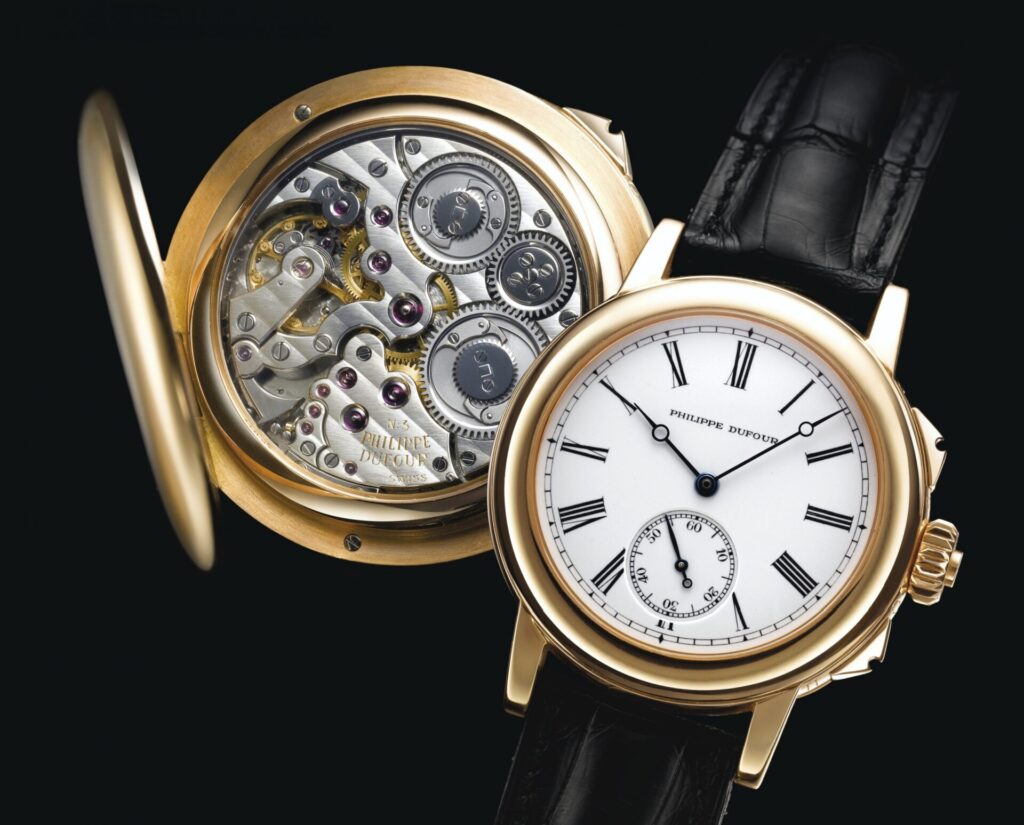
This level of attention to detail extends to aspects of the watch that may never be seen by the wearer. For instance, independent watchmakers often hand-finish components hidden within the movement, applying techniques like beveling, black polishing, and perlage. This commitment to excellence, even in unseen areas, speaks to a philosophy that values perfection for its own sake.
2. Personalization and Bespoke Services
Many independent watchmakers offer a level of customization that is simply not possible with larger brands. This can range from choosing specific materials or complications to working directly with the watchmaker to create a truly one-of-a-kind piece.
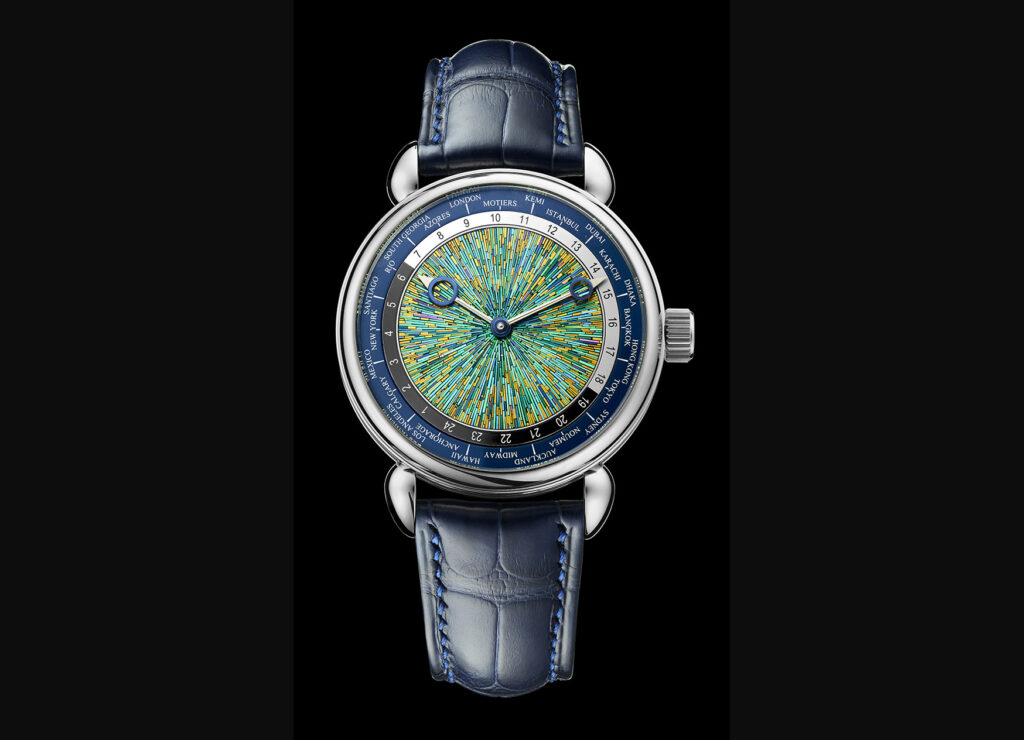
For example, Kari Voutilainen, a Finnish watchmaker based in Switzerland, is known for his willingness to create bespoke dials, hands, and even movements based on client preferences. This level of personalization creates a deep connection between the owner and the timepiece, turning the watch into a highly personal artifact.
3. Limited Production and Exclusivity
Independent watchmakers typically produce very few pieces each year, sometimes as few as a dozen. This limited production is partly due to the time-intensive nature of their craft, but it also serves to maintain the exclusivity and rarity of their creations.
For instance, Philippe Dufour, one of the most respected names in independent watchmaking, produces only a handful of watches each year. His “Simplicity” model, despite its apparent lack of complexity, takes months to create due to the exacting standards of finishing and assembly.
4. Innovative Approach to Horology
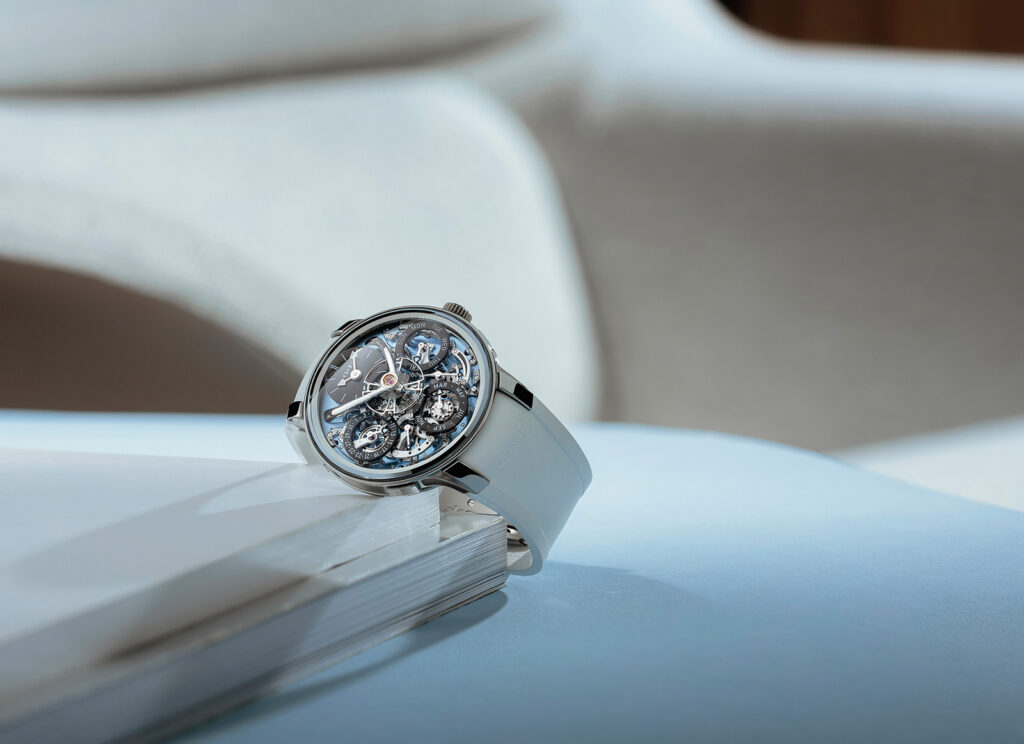
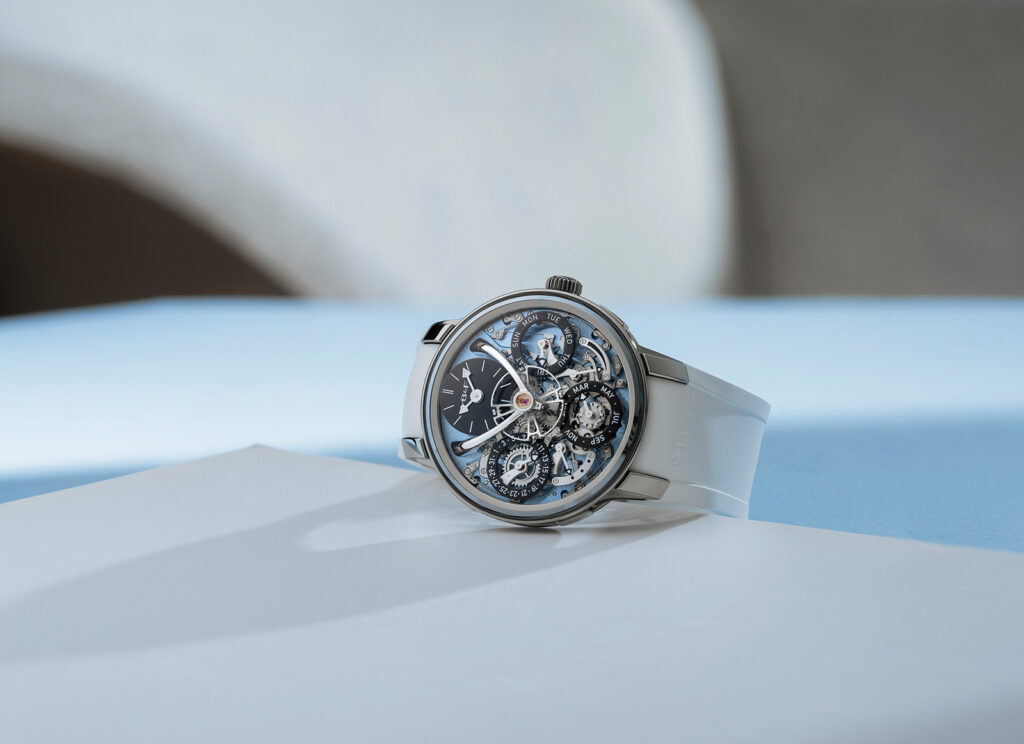
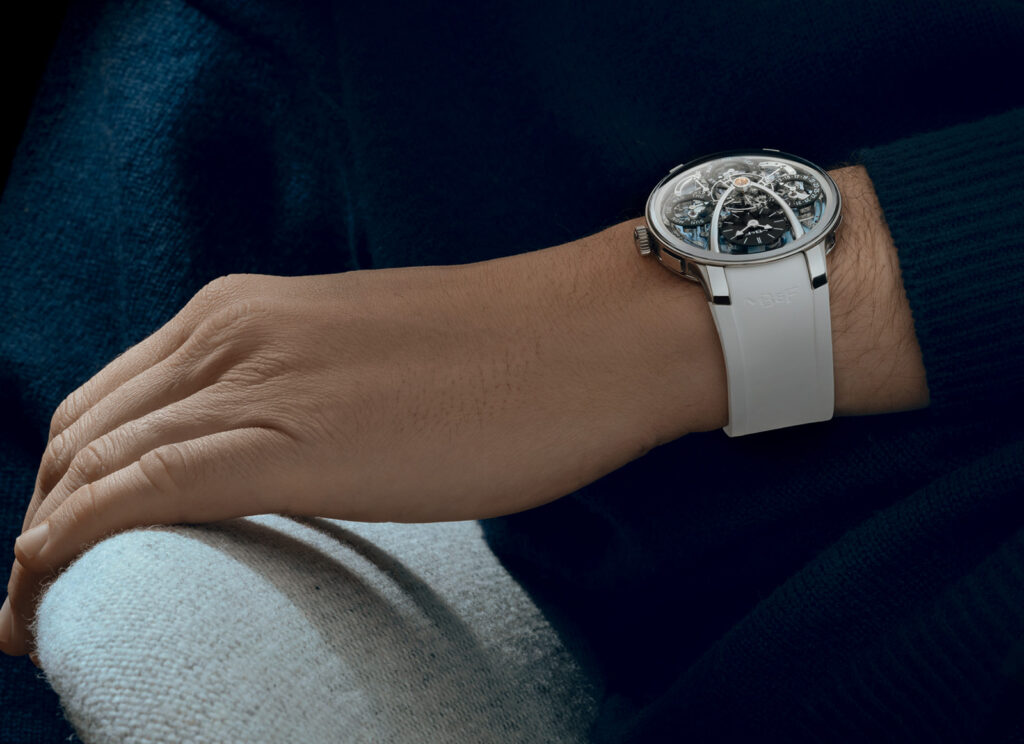
Free from the constraints of brand heritage or market expectations, independent watchmakers often push the boundaries of what’s possible in watchmaking. This can manifest in various ways:
- Novel Complications: Independent watchmakers often create new complications or find innovative ways to implement existing ones. For example, Vianney Halter’s Deep Space Tourbillon features a central triple-axis tourbillon, a feat of engineering that had never been seen before.
- Unconventional Materials: Many independents experiment with unusual materials in their watches. Romain Gauthier, for instance, has used meteorite for dials and natural titanium for movement components.
- Avant-Garde Designs: Freed from the need to maintain a consistent brand aesthetic, independent watchmakers can create truly unique designs. MB&F (Maximilian Büsser & Friends) is perhaps the epitome of this, with timepieces that often look more like miniature kinetic sculptures than traditional watches.
5. Transparent and Personal Relationship with Clients
Many independent watchmakers maintain a close relationship with their clients, offering a level of access and transparency that is rare in the luxury world. Collectors often have the opportunity to visit the workshops, meet the watchmakers, and gain insight into the creation process. This personal touch adds an additional layer of value and connection to the timepiece.
Notable Independent Watchmakers
The world of independent watchmaking is rich with talented artisans, each bringing their unique vision and skills to the craft. Let’s explore some of the most influential figures in this field:
Philippe Dufour: The Master of Tradition
Widely regarded as one of the greatest living watchmakers, Philippe Dufour is a paragon of traditional Swiss watchmaking. Based in the Vallée de Joux, Dufour is known for his uncompromising commitment to traditional techniques and his mastery of hand-finishing.
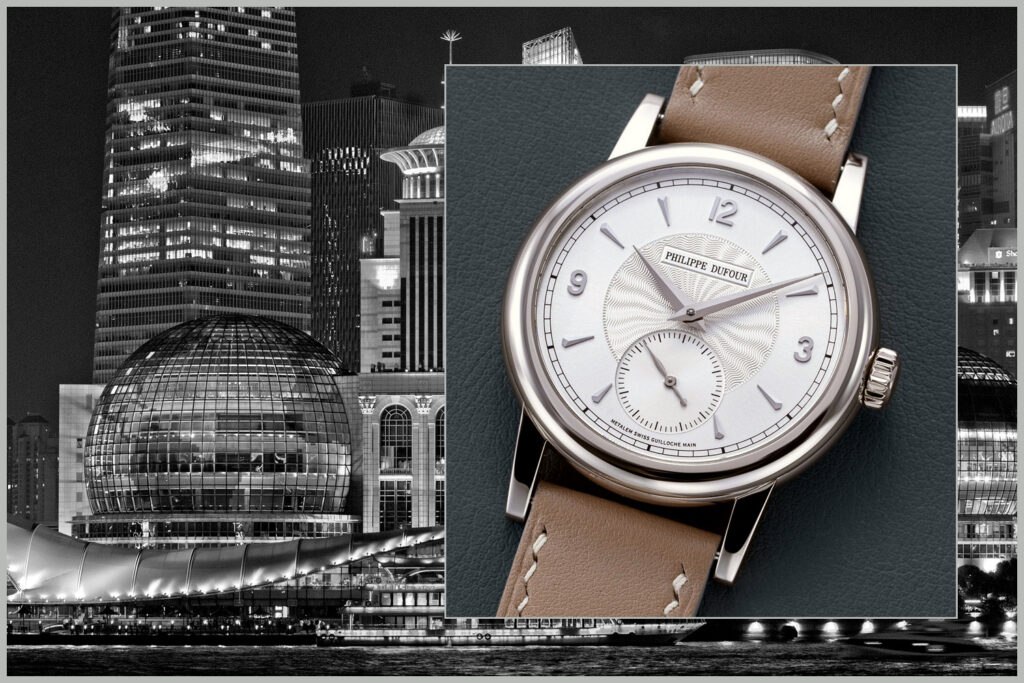
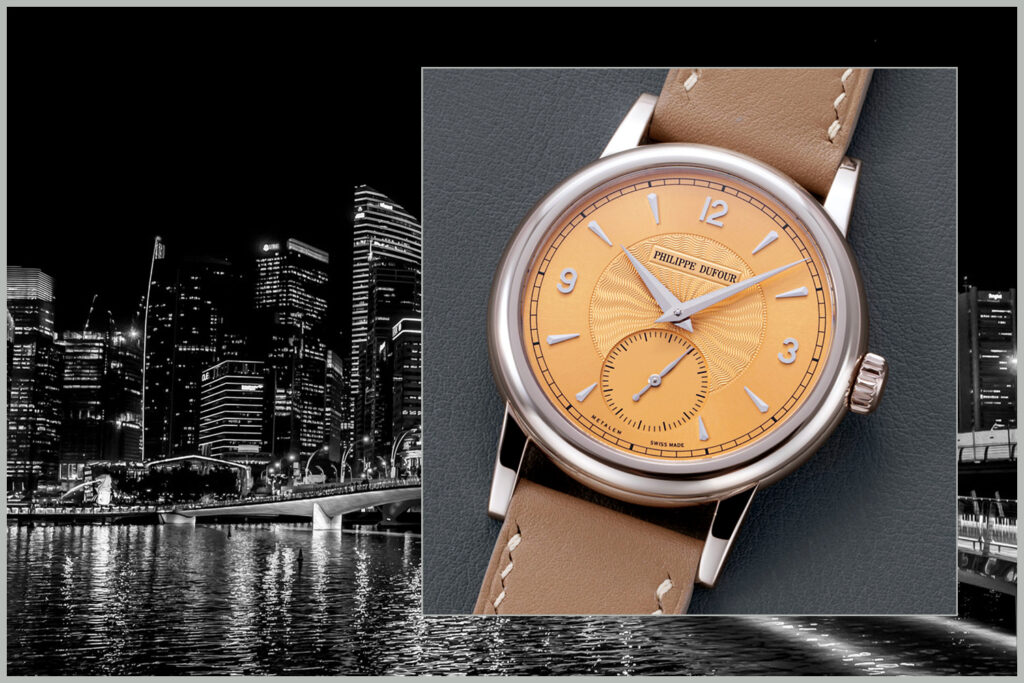
Dufour’s most famous creation, the “Simplicity,” is a study in understated elegance and technical perfection. Despite its name, the Simplicity is anything but simple to create. Each watch takes months to complete, with Dufour personally handling every aspect of production.
What sets Dufour apart is not just his technical skill, but his philosophy. He sees himself as a guardian of traditional watchmaking techniques, and his pieces are a testament to the enduring beauty of classical horology.
François-Paul Journe (F.P. Journe): The Innovator
F.P. Journe represents a perfect blend of innovation and classical watchmaking. Known for his technical prowess and distinctive style, Journe has created some of the most intellectually stimulating watches of the past few decades.
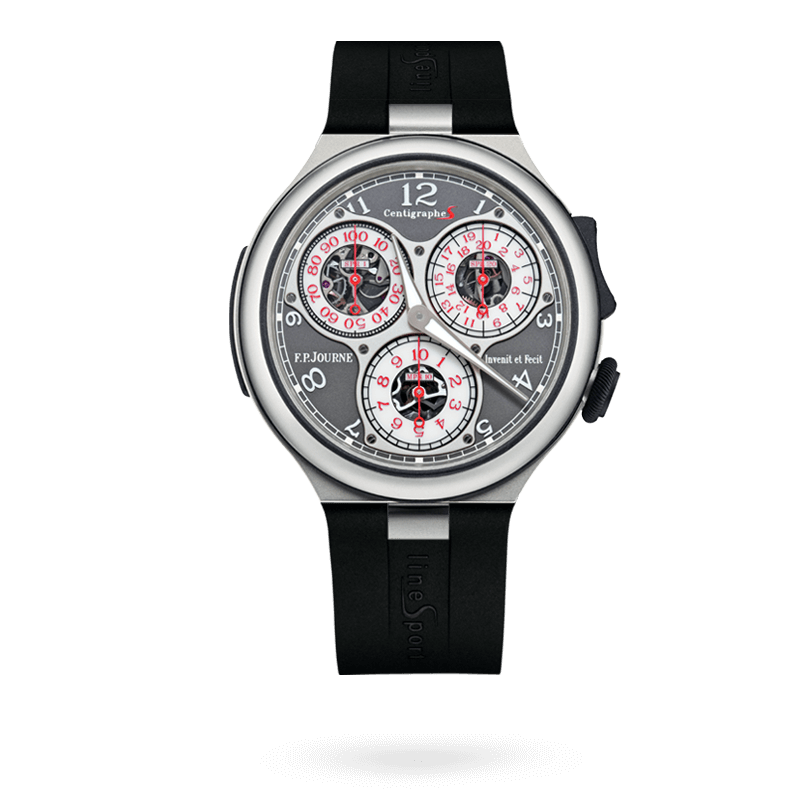
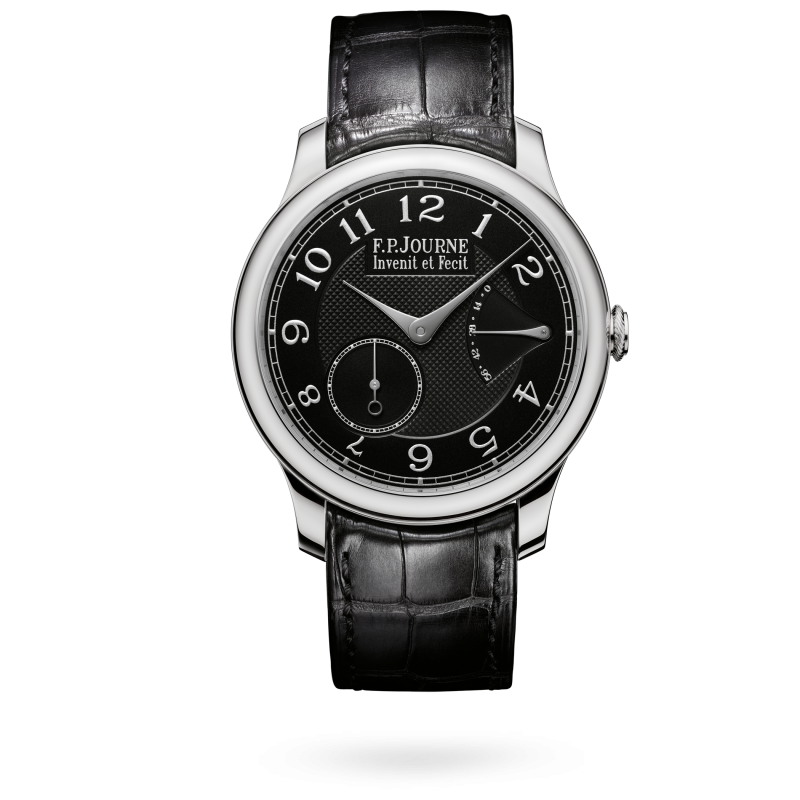
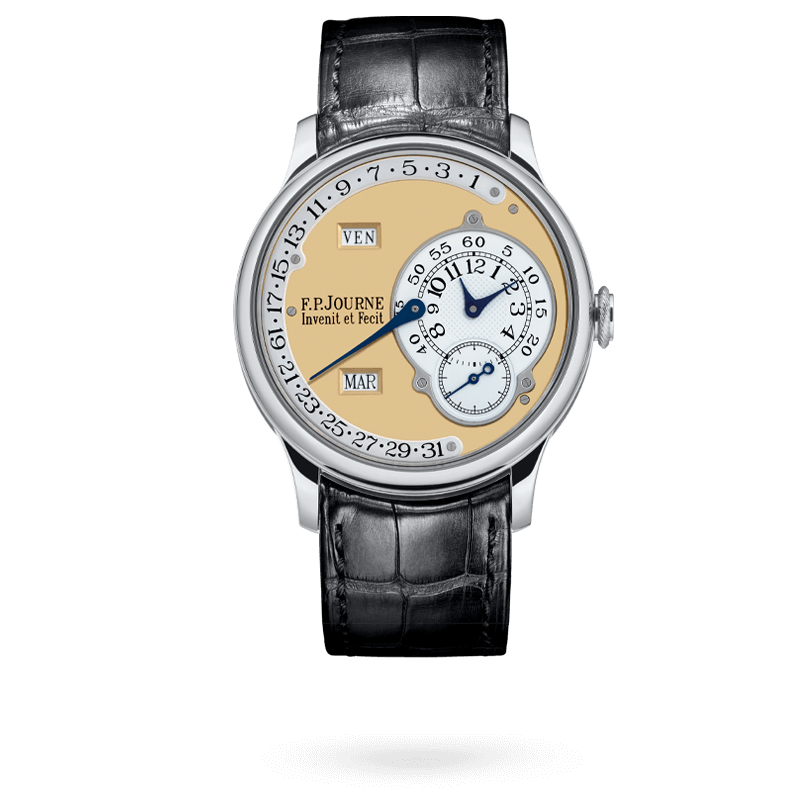
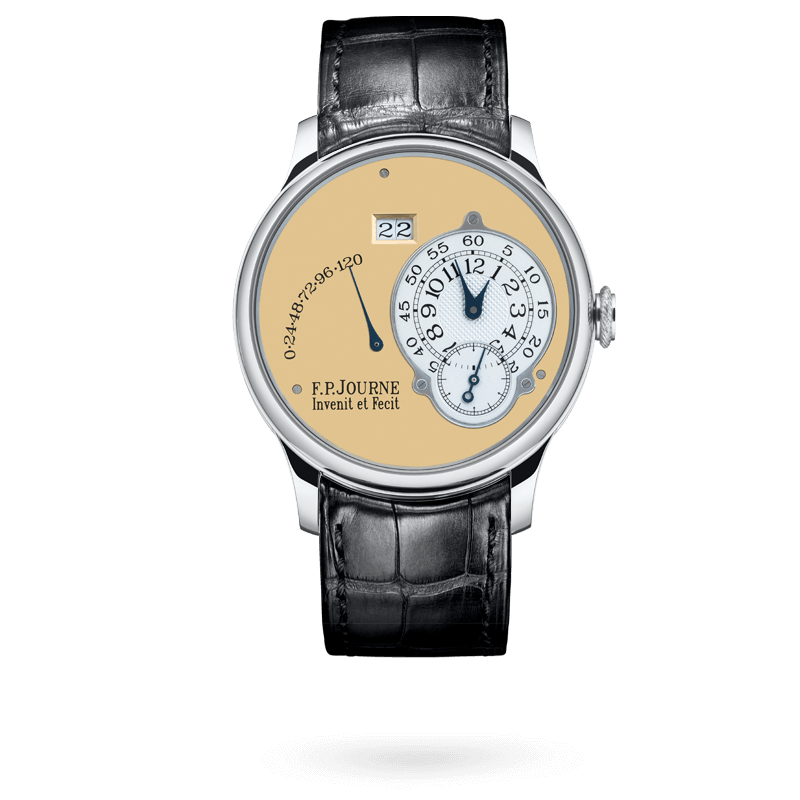
His “Chronomètre à Résonance” is a horological tour de force, utilizing the principle of resonance to achieve exceptional accuracy. Two independent balance wheels are placed in close proximity, naturally synchronizing their oscillations to improve timekeeping precision.
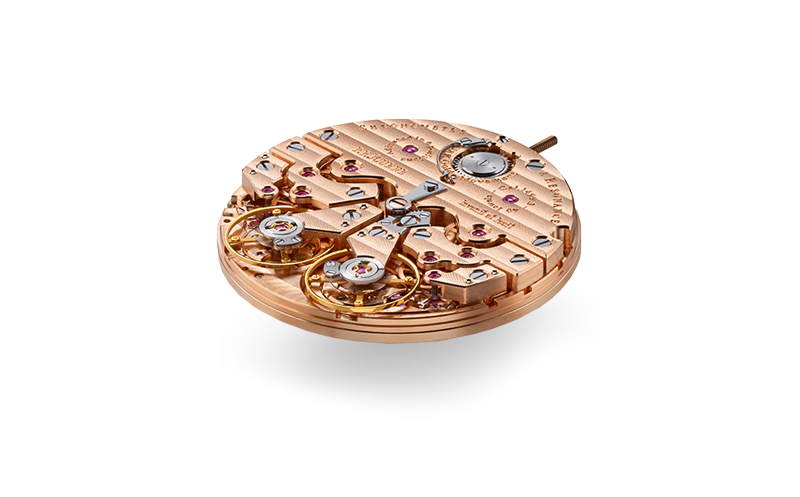
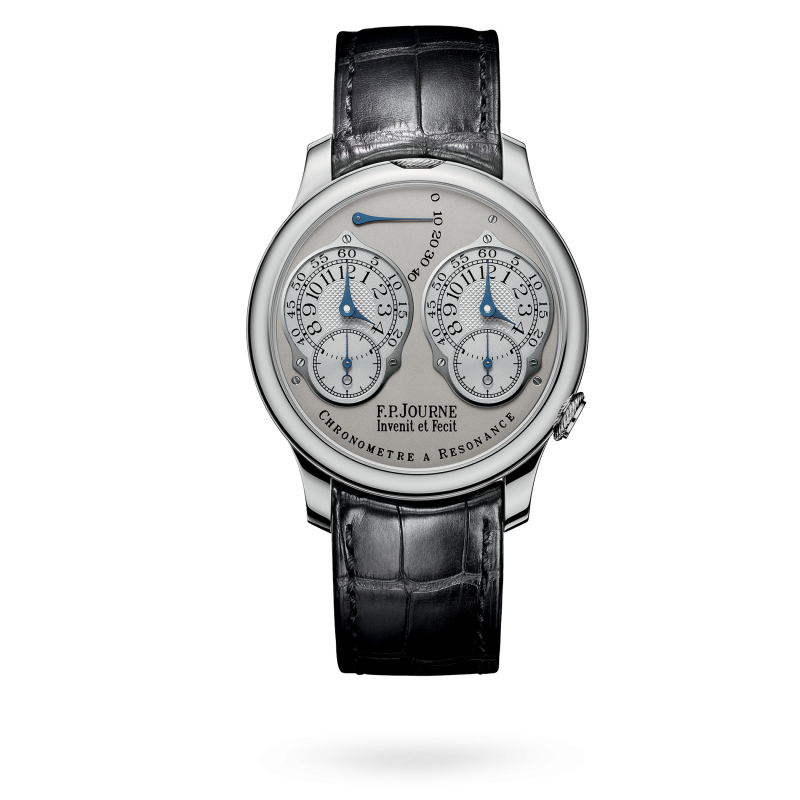
Journe’s watches are characterized by their technical sophistication, innovative use of materials (including his signature use of 18k rose gold for movements), and a distinctively elegant aesthetic that bridges classical and contemporary design.
Kari Voutilainen: The Artisan
Finnish-born Kari Voutilainen has earned a reputation as one of the finest finishers in the watch industry. His timepieces are celebrated for their exquisite dials, often featuring intricate guilloche patterns, and movements that exemplify the highest standards of traditional finishing.
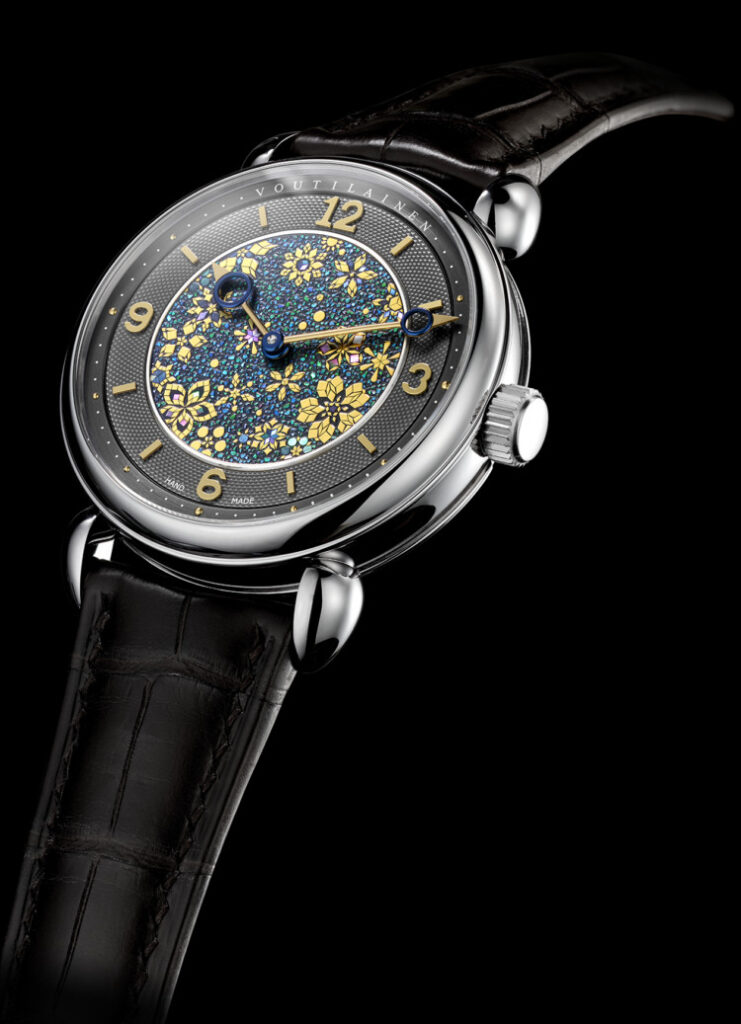
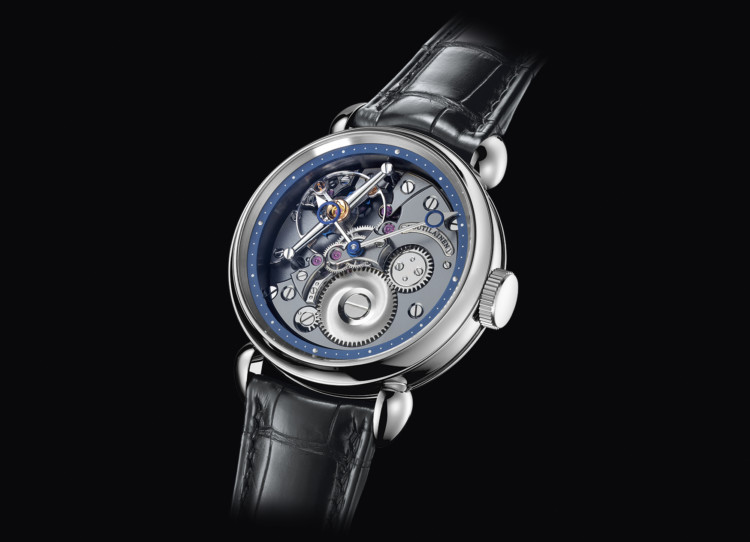
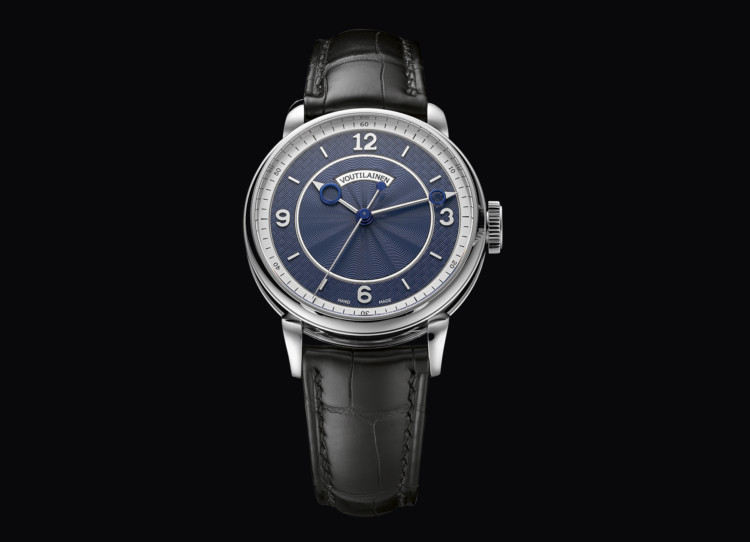
Voutilainen’s work is characterized by a harmonious blend of traditional techniques and modern aesthetics. He often draws inspiration from vintage pocket watches, reinterpreting classical elements with a contemporary twist.
One of Voutilainen’s most significant contributions to modern horology is his proprietary balance wheel design, which improves the accuracy and stability of the watch’s timekeeping.
Maximilian Büsser & Friends (MB&F): The Visionaries
MB&F, founded by Maximilian Büsser, represents a radical departure from traditional watchmaking. Rather than creating conventional timepieces, MB&F produces what they call “horological machines” – avant-garde creations that challenge our very conception of what a watch can be.
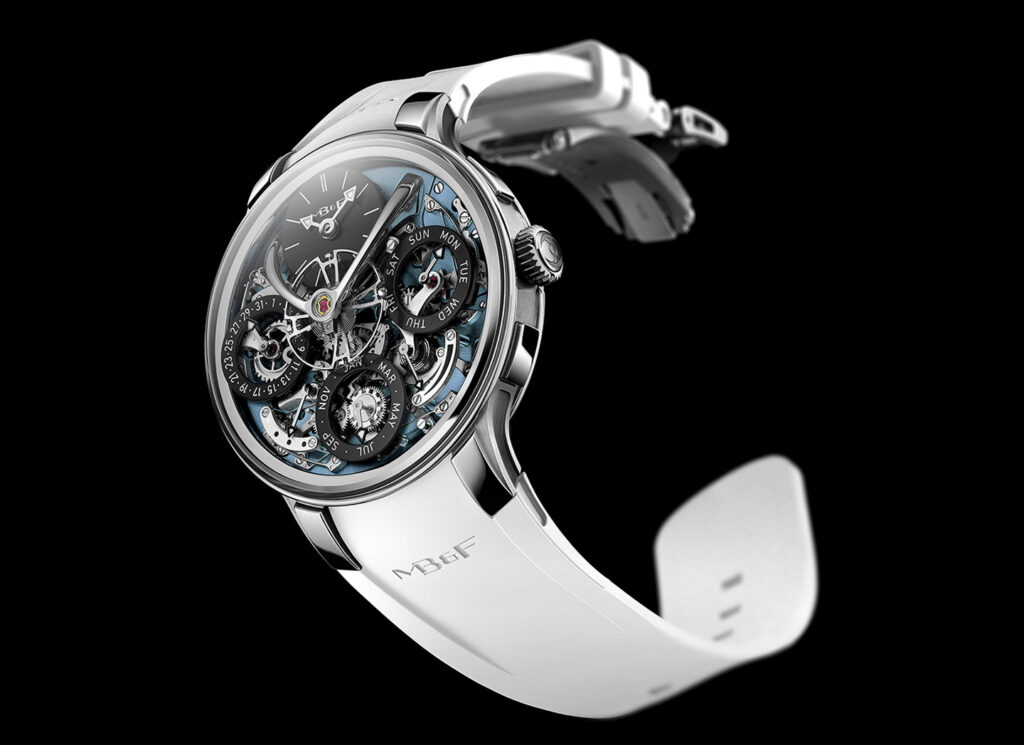
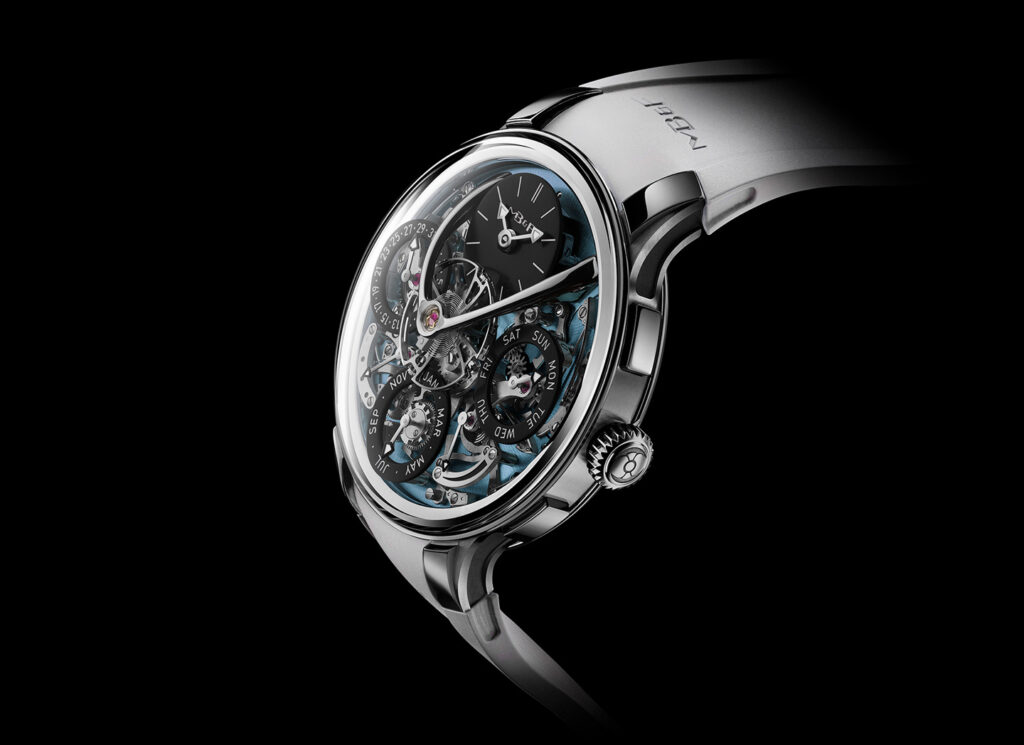
What sets MB&F apart is not just their unconventional designs, but their collaborative approach. The “& Friends” in the company name is not just for show; each creation is the result of collaboration between Büsser and various artisans and engineers.
From the spaceship-inspired HM4 “Thunderbolt” to the jellyfish-like HM7 “Aquapod,” MB&F’s creations are as much kinetic sculptures as they are timepieces. They represent a playful and imaginative approach to horology that has inspired many in the industry to think outside the box.
Rexhep Rexhepi (Akrivia): The Rising Star
At just 35 years old, Rexhep Rexhepi has already made a significant impact on the world of independent watchmaking. His brand, Akrivia, has garnered critical acclaim for its innovative designs and exceptional finishing.
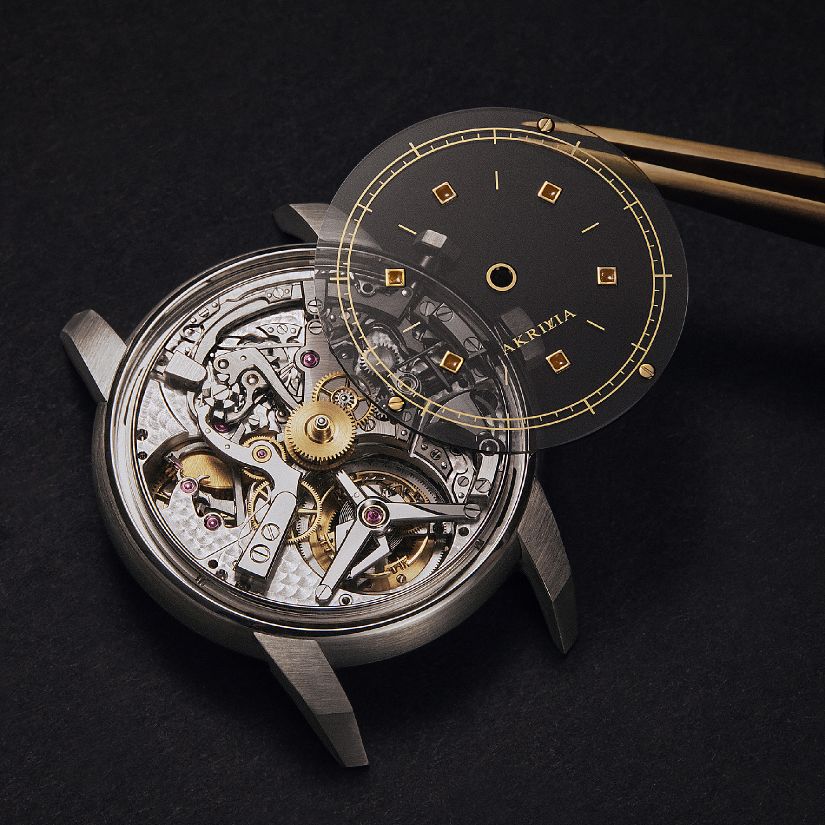
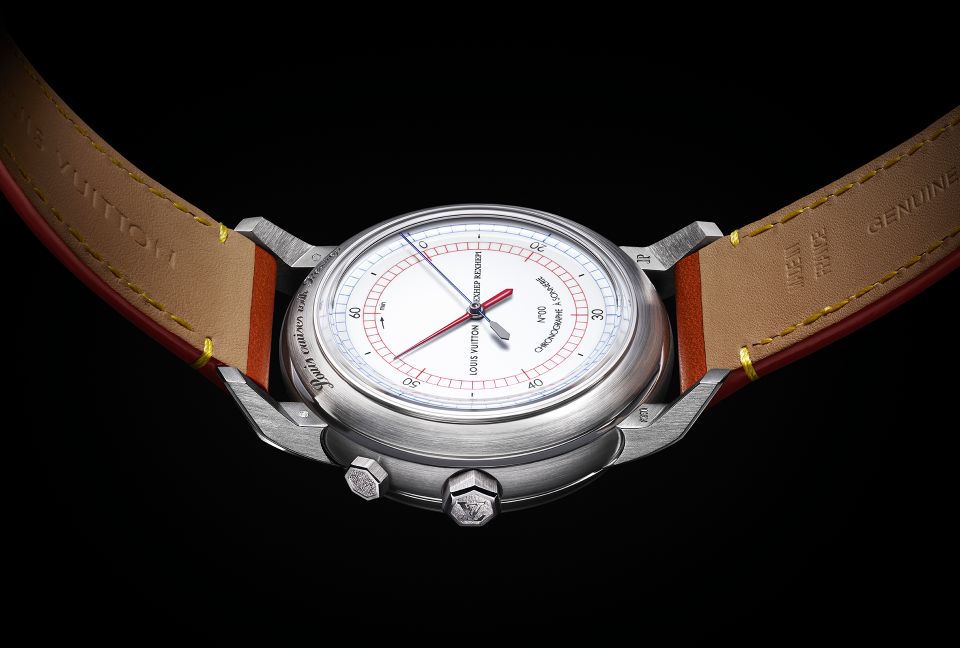
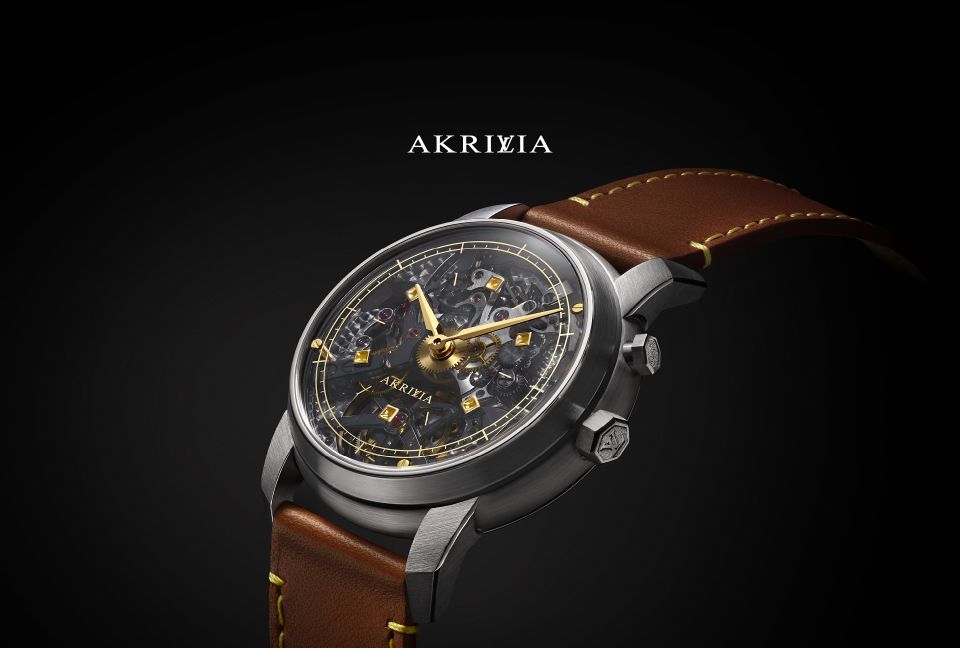
Rexhepi’s work is characterized by its architectural quality, with movements that are as visually striking as they are technically impressive. His “Chronomètre Contemporain,” which won the Men’s Watch Prize at the 2018 Grand Prix d’Horlogerie de Genève, exemplifies his approach – classical in its inspiration but thoroughly modern in its execution.
What makes Rexhepi’s rise particularly noteworthy is his background. Having started his apprenticeship at Patek Philippe at the age of 14, he represents a new generation of watchmakers who are bridging the gap between traditional Swiss watchmaking and contemporary horological innovation.
The Collector’s Perspective: Why Independent Watches Matter
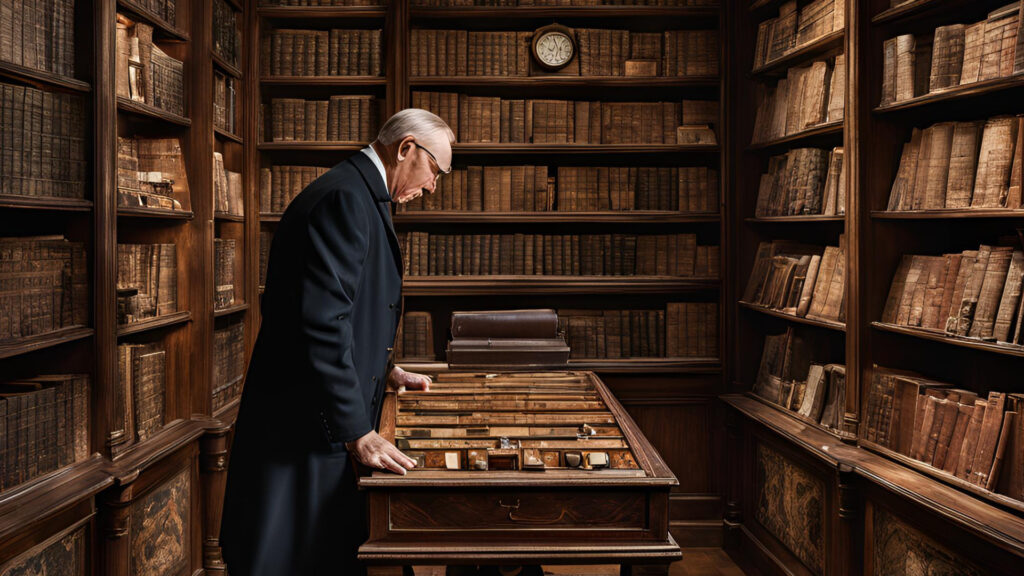
Independent watches hold a special place in the hearts of many collectors and connoisseurs. Several factors contribute to their appeal:
1. Exclusivity and Rarity
With production often limited to double or even single digits annually, independent watches offer a level of exclusivity that even the most limited editions from major brands can’t match. This rarity not only adds to the watch’s intrinsic value but also provides the owner with the satisfaction of possessing something truly unique.
2. Direct Connection to the Creator
Owning an independent watch often means having a direct connection to its creator. Many collectors value the opportunity to meet the watchmaker, visit the workshop, and gain insight into the creation process. This personal connection adds an intangible but significant value to the timepiece.
3. Artistic and Technical Innovation
Independent watchmakers often serve as the industry’s research and development arm, pushing the boundaries of what’s possible in horology. For collectors interested in horological innovation, independent watches offer a front-row seat to the cutting edge of watchmaking.
4. Investment Potential
While not all independent watches appreciate in value, many have shown significant price increases on the secondary market. The combination of quality, rarity, and growing recognition has made some independent watches highly sought after by collectors, potentially offering good returns as investments.
5. Emotional Resonance
Perhaps most importantly, independent watches often carry a strong emotional appeal. They represent the vision and passion of individual artisans, offering a level of character and personality that mass-produced watches, regardless of their quality, struggle to match.
Challenges Facing Independent Watchmakers
Despite their growing recognition, independent watchmakers face several significant challenges:
1. Financial Constraints
Creating watches at this level of quality and in such small quantities is an expensive endeavor. Many independent watchmakers struggle with cash flow issues and the high costs associated with research, development, and production.
2. Market Visibility
While the internet has leveled the playing field somewhat, independent watchmakers still face challenges in terms of marketing and brand recognition. They often lack the resources to compete with the advertising budgets of major luxury brands.
3. Distribution and Service
Creating a reliable distribution network and providing after-sales service can be challenging for small-scale operations. This can sometimes deter potential buyers who are concerned about long-term support for their timepiece.
4. Balancing Creativity with Commercial Viability
Independent watchmakers must walk a fine line between pursuing their creative vision and creating watches that will appeal to a broad enough audience to sustain their business.
The Future of Independent Watchmaking
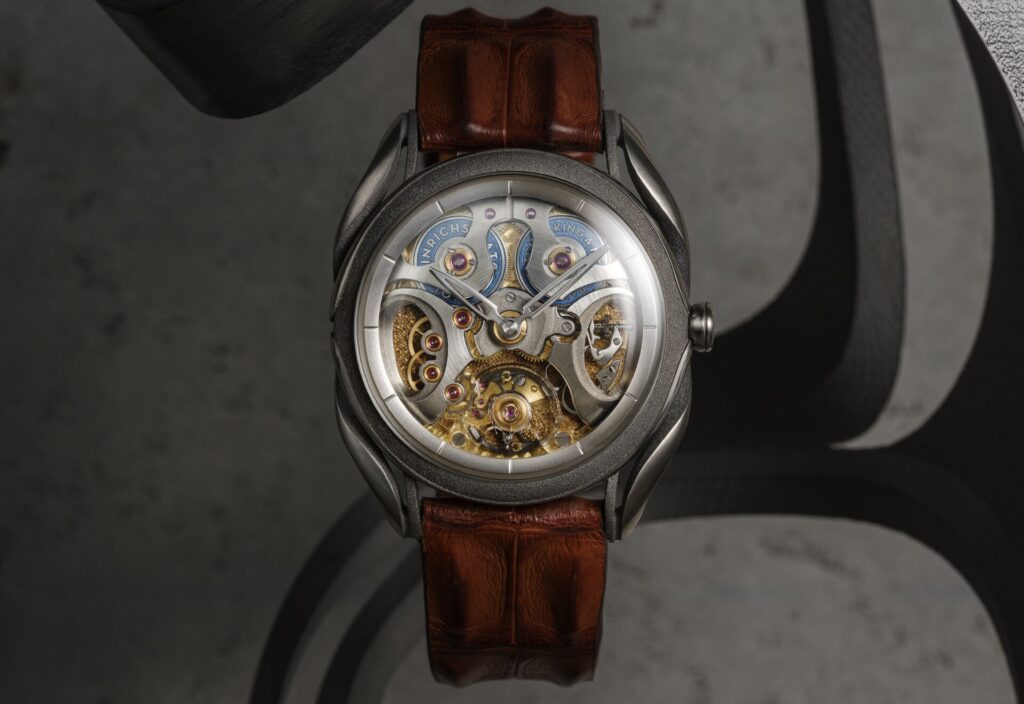
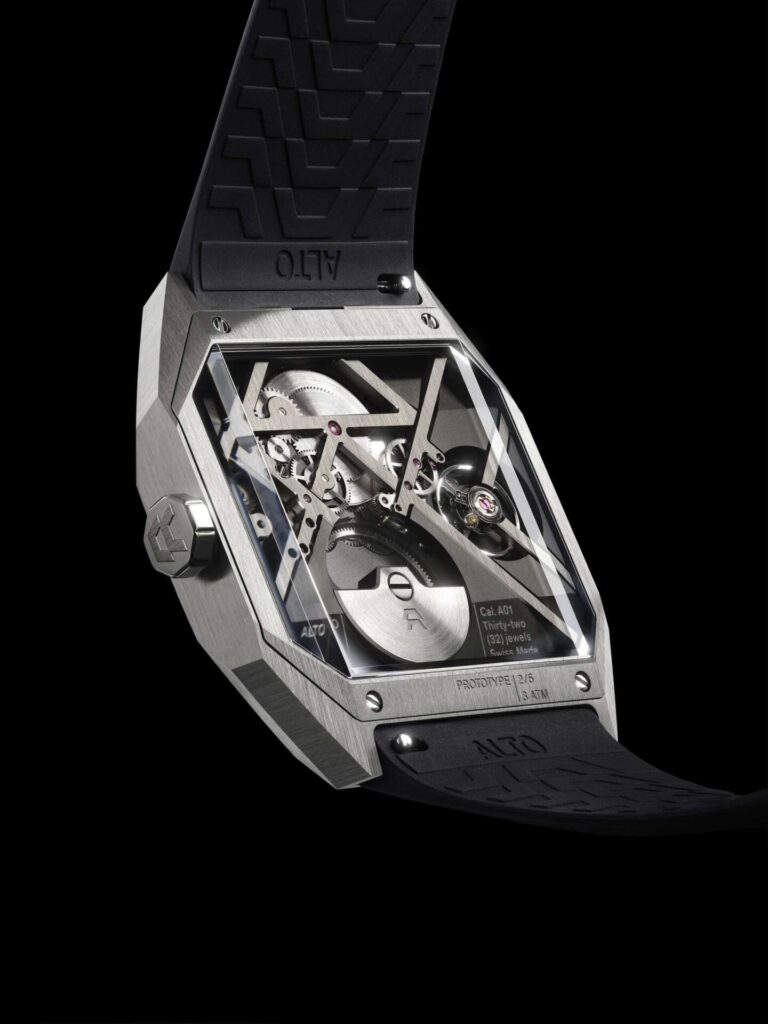
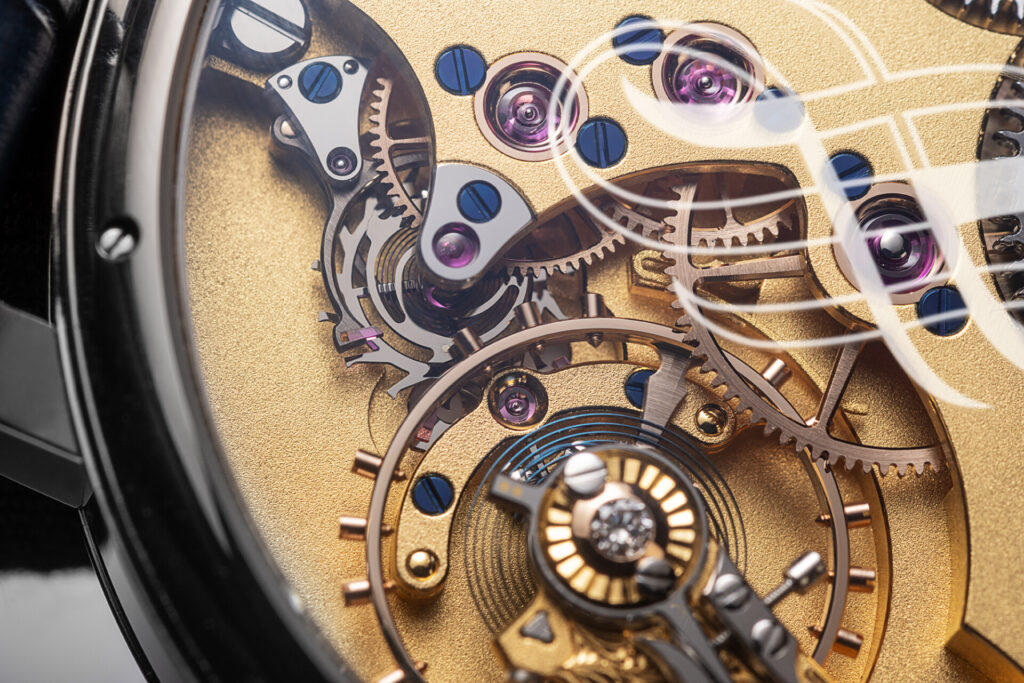
Despite these challenges, the future of independent watchmaking looks promising. Several trends suggest continued growth and relevance for this sector:
1. Technological Advancements
New technologies like 3D printing and advanced CNC machining are making it easier for independent watchmakers to produce small runs of highly complex components. This could potentially lower barriers to entry and spur further innovation.
2. Growing Appreciation for Craftsmanship
In an increasingly digital world, there’s a growing appreciation for analog craftsmanship. This trend bodes well for independent watchmakers who exemplify traditional artisanal skills.
3. Rise of Educated Collectors
The proliferation of watch-focused media and online communities has created a more educated collector base. These informed consumers often appreciate the unique value proposition of independent watches.
4. Collaborations and Cross-Pollination
We’re seeing increasing collaboration between independent watchmakers and larger brands, as well as with artisans from other fields. This cross-pollination of ideas could lead to exciting new developments in the field.
5. Sustainability Focus
As sustainability becomes a greater concern in the luxury sector, the small-scale, high-quality production model of independent watchmakers may become increasingly attractive to environmentally conscious consumers.
Conclusion
Independent watchmakers represent the beating heart of horological innovation and artistry. They embody the spirit of traditional craftsmanship while pushing the boundaries of what’s possible in watchmaking. Their creations are not just timekeeping devices, but works of art that celebrate human creativity and skill.
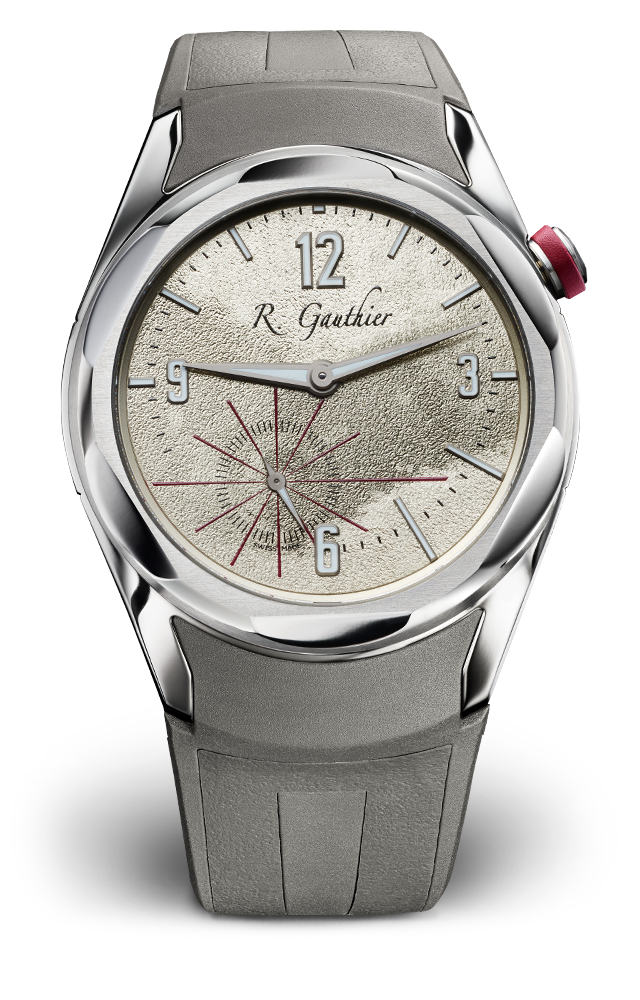
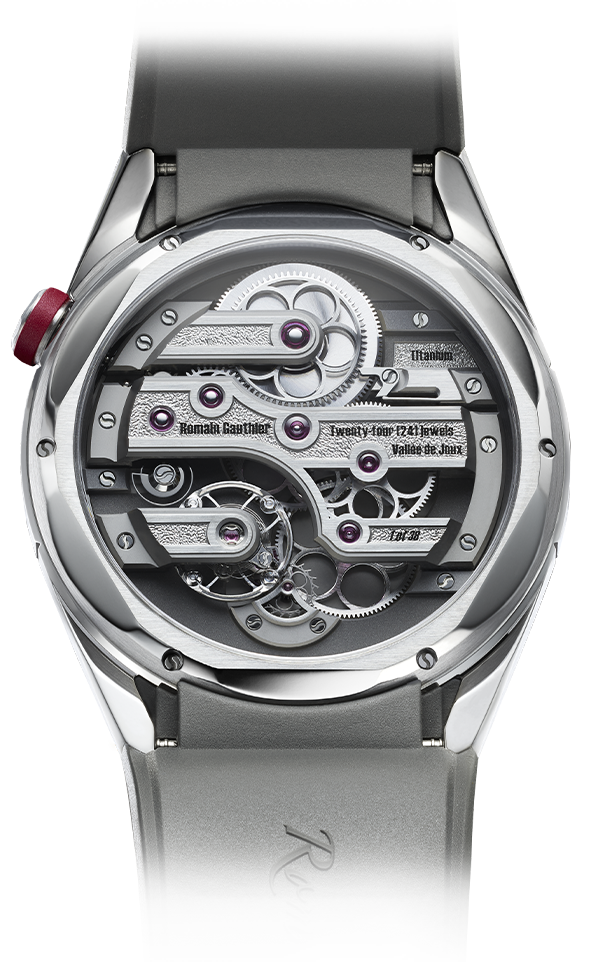
As we look to the future, it’s clear that independent watchmakers will continue to play a vital role in the world of horology. They serve as a counterpoint to mass production, offering discerning collectors timepieces that are truly unique and personal. Their work ensures that watchmaking remains a vibrant, evolving art form, continually redefining our relationship with time itself.
In a world increasingly dominated by digital devices and mass-produced goods, the handcrafted timepieces of independent watchmakers offer something rare and valuable – a tangible connection to human creativity and craftsmanship. As long as there are those who appreciate the artistry of mechanical timekeeping, independent watchmakers will continue to thrive, creating miniature marvels that adorn the wrist and captivate the imagination.
All images proprietary of the respective brands.
